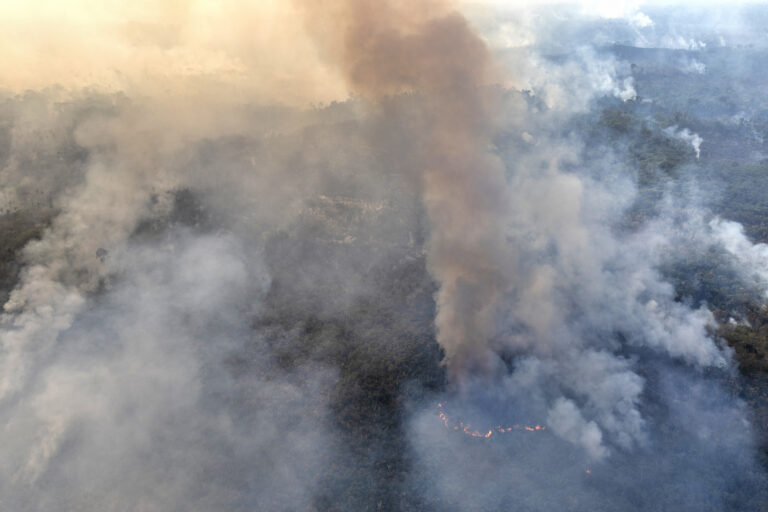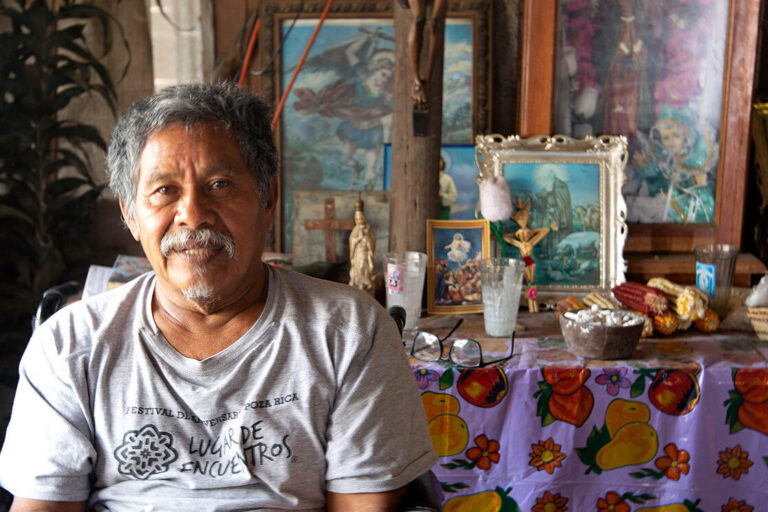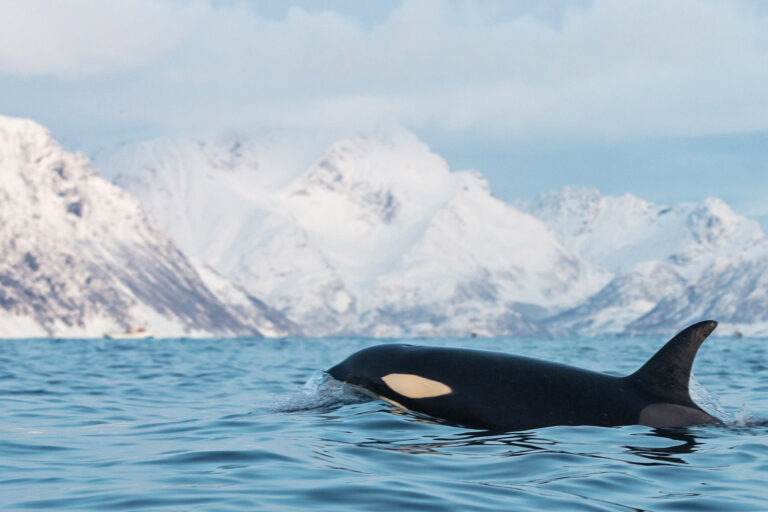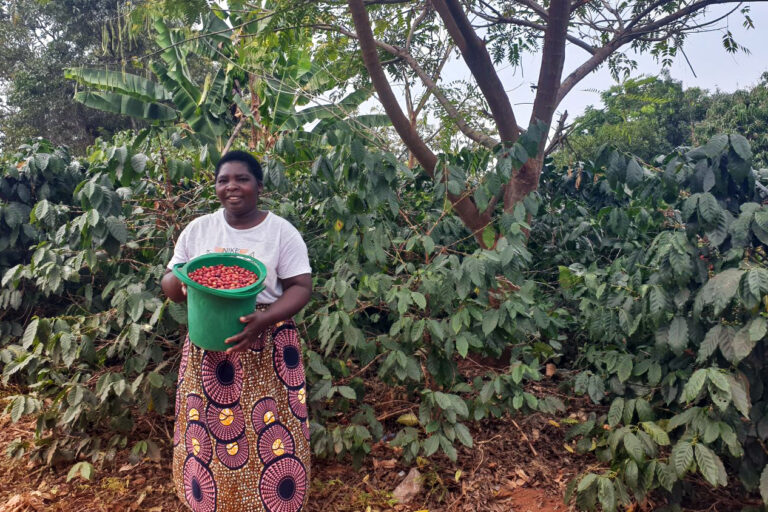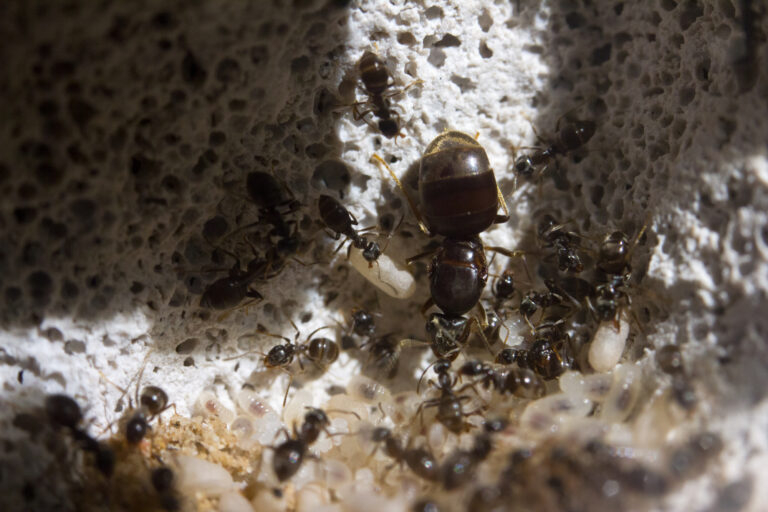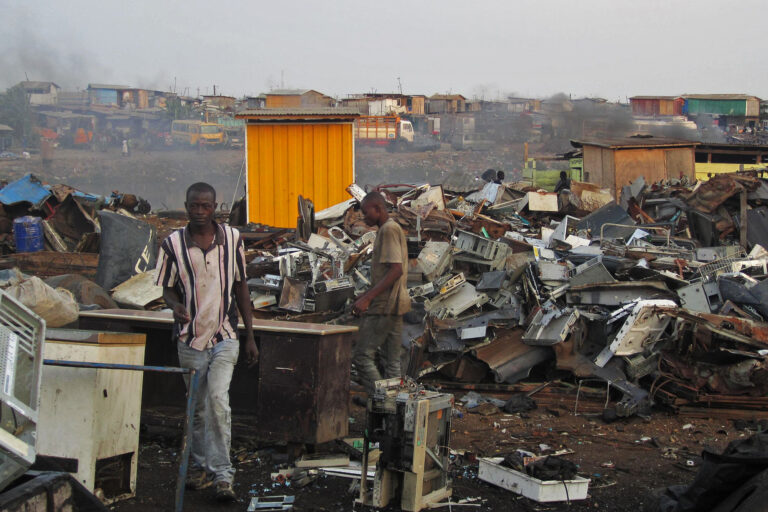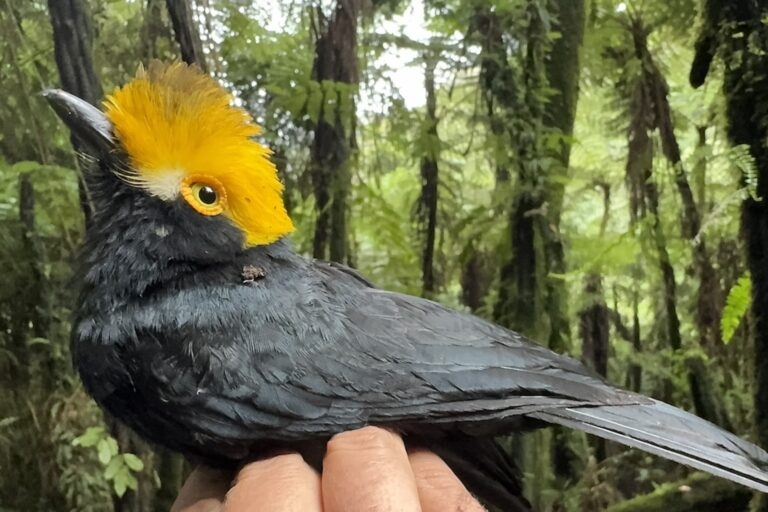earth

Edit: Bonus pics 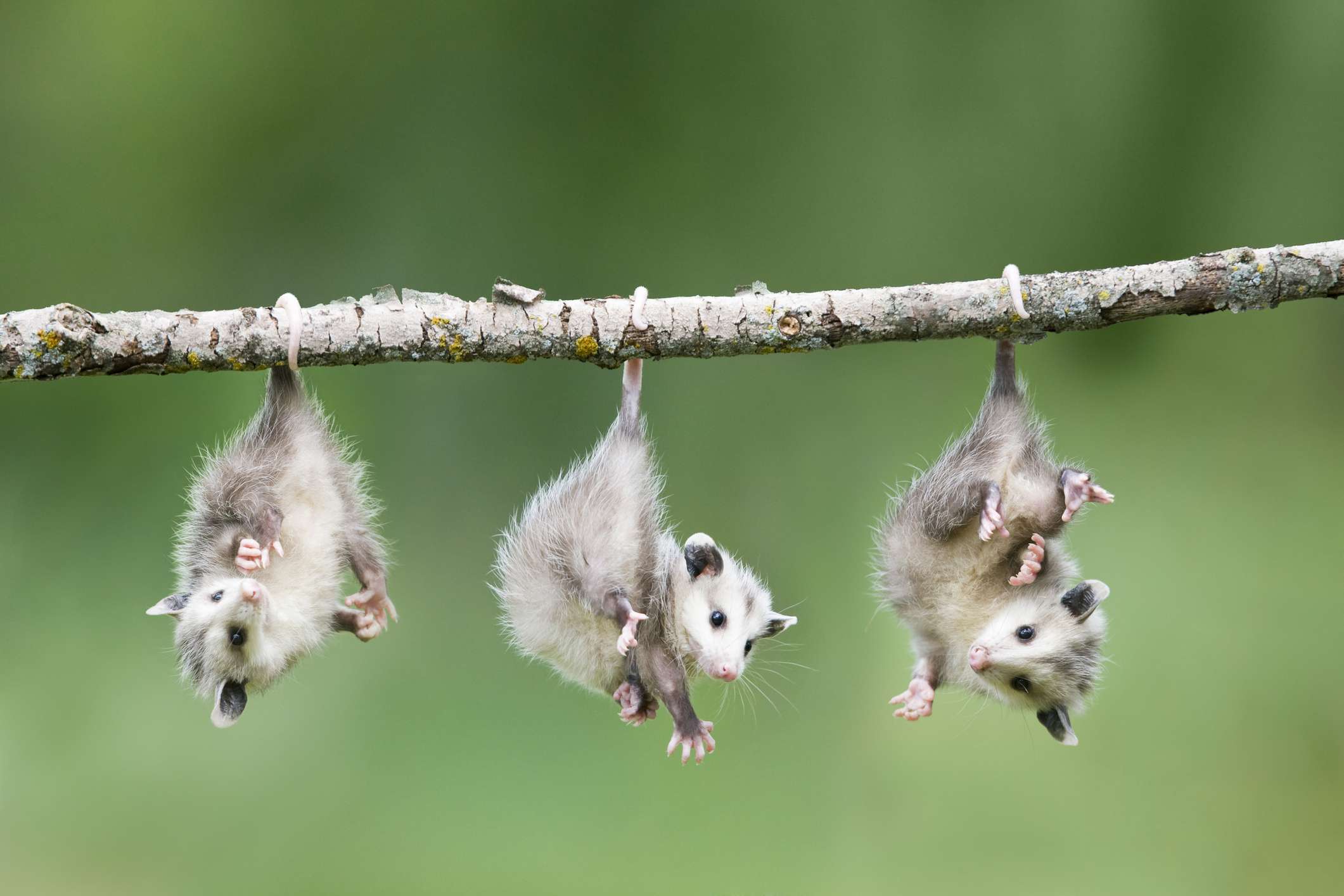 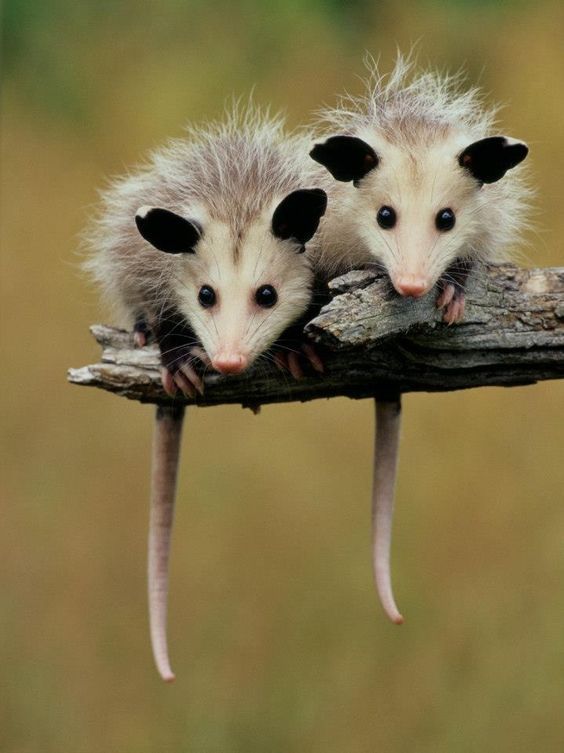
 news.mongabay.com
news.mongabay.com
- The WAP Complex of protected areas that straddles the border region of Benin, Burkina Faso and Niger is one of West Africa’s most important protected areas and a haven for many iconic endangered species. - Servals, caracals and African wildcats are also found in the WAP Complex, but almost nothing is known about their status, distribution, ecology or threats. - Covert surveys of medicine markets in the region have found serval and caracal skins, though it’s not known if the skins originated within the WAP Complex. - The presence of jihadist militants in the region severely impacts conservation and research, particularly in the Niger and Burkina Faso portions of the complex. >In the border region between Benin, Niger and Burkina Faso lies a network of protected areas that form one of the largest intact wildernesses in West Africa. The W-Arly-Pendjari (WAP) Complex is a mosaic of gallery forests, savannas and riparian habitats, and the last refuge for many of the region’s most iconic species, including West African lions (Panthera leo leo), savanna elephants (Loxodonta africana) and cheetahs (Acinonyx jubatus). >With conservation focused on these threatened and beloved species, it’s easy for the small cats to get lost. There are three species of small cats — servals (Leptailurus serval), caracals (Caracal caracal) and African wildcats (Felis lybica) — in the WAP complex. Though all three have a conservation status of least concern on the IUCN Red List, there are few hard facts about their numbers in the WAP Complex or West Africa. With continuing insecurity plaguing the region, and little money for small cat research, these species risk falling even further into obscurity. >At the heart of the WAP Complex lie three strictly protected areas: Pendjari National Park in Benin, Arly National Park in Burkina Faso, and W Regional Park, which straddles the Benin, Burkina Faso and Niger border region. Together, these parks, along with adjoining hunting zones, wildlife reserves and areas under other forms of protection, cover 34,000 square kilometers (13,100 square miles). The core area, about half of it, is a UNESCO World Heritage Site. >Over the past few years, the region has been plagued by insecurity. Jihadist militants are entrenched in the Burkina Faso and Niger portions of the complex, with violence increasingly spilling over into Benin. Conservation work has become difficult and dangerous, though South Africa-based organization African Parks, which manages Pendjari National Park and the Benin portion of W, still carries out some biomonitoring activities, says Jacques Kougbadi, marketing and communications coordinator for African Parks. [Full article](https://news.mongabay.com/2024/10/west-africas-forgotten-felines-endangered-by-conflict-and-research-gaps/)


 academic.oup.com
academic.oup.com
This is an almost incomprehensibly bleak update. >We are on the brink of an irreversible climate disaster. This is a global emergency beyond any doubt. Much of the very fabric of life on Earth is imperiled. We are stepping into a critical and unpredictable new phase of the climate crisis. For many years, scientists, including a group of more than 15,000, have sounded the alarm about the impending dangers of climate change driven by increasing greenhouse gas emissions and ecosystem change (Ripple et al. 2020). For half a century, global warming has been correctly predicted even before it was observed—and not only by independent academic scientists but also by fossil fuel companies (Supran et al. 2023). Despite these warnings, we are still moving in the wrong direction; fossil fuel emissions have increased to an all-time high, the 3 hottest days ever occurred in July of 2024 (Guterres 2024), and current policies have us on track for approximately 2.7 degrees Celsius (°C) peak warming by 2100 (UNEP 2023). Tragically, we are failing to avoid serious impacts, and we can now only hope to limit the extent of the damage. We are witnessing the grim reality of the forecasts as climate impacts escalate, bringing forth scenes of unprecedented disasters around the world and human and nonhuman suffering. We find ourselves amid an abrupt climate upheaval, a dire situation never before encountered in the annals of human existence. We have now brought the planet into climatic conditions never witnessed by us or our prehistoric relatives within our genus, Homo (supplemental figure S1; CenCO2PIP Consortium et al. 2023). > >Last year, we witnessed record-breaking sea surface temperatures (Cheng et al. 2024), the hottest Northern Hemisphere extratropical summer in 2000 years (Esper et al. 2024), and the breaking of many other climate records (Ripple et al. 2023a). Moreover, we will see much more extreme weather in the coming years (Masson-Delmotte et al. 2021). Human-caused carbon dioxide emissions and other greenhouse gases are the primary drivers of climate change. As of 2022, global fossil fuel combustion and industrial processes account for approximately 90% of these emissions, whereas land-use change, primarily deforestation, accounts for approximately 10% (supplemental figure S2). > >Our aim in the present article is to communicate directly to researchers, policymakers, and the public. As scientists and academics, we feel it is our moral duty and that of our institutions to alert humanity to the growing threats that we face as clearly as possible and to show leadership in addressing them. In this report, we analyze the latest trends in a wide array of planetary vital signs. We also review notable recent climate-related disasters, spotlight important climate-related topics, and discuss needed policy interventions. This report is part of our series of concise annual updates on the state of the climate.
Source: https://en.wikipedia.org/wiki/File:Katia,_Irma,_Jose_2017-09-08_1745Z%E2%80%931935Z.jpg From left to right: Katia, Irma, and Jose.

Source: https://en.wikipedia.org/wiki/File:Hurricane_Katrina_Eye_viewed_from_Hurricane_Hunter.jpg Milton is gonna be really bad folks
I love how they use the top of utility poles as a little stage

> Took the tarp off a woodpile and found a coiled up adult copperhead and dear reader let me assure you I did not remain calm, or withdraw from the encounter with dignity or in silence. > > https://subium.com/profile/edburmila.bsky.social/post/3l5rs6wbq4m2o
> Last month, Michele Francis, an environmental scientist at Stellenbosch University in South Africa, relocated to central Connecticut only to discover that her new home showed signs of termite damage. When an exterminator suggested setting out traps, Dr. Francis demurred. “I wondered if I could persuade the termites to eat the trees around my house rather than the house itself,” she said. “I hold termites in high esteem.”
 thenarwhal.ca
thenarwhal.ca
>Giant Canada geese, so ubiquitous today in cities across the country, were once considered extinct. What can we learn from watching them up close? >In the opening minutes of Karsten Wall’s short film, Modern Goose, a flock of geese arrives in a cacophony of honks, barks, cackles and splashes, as it touches down in a human-made pond behind an outlet mall. The ruckus blends with the hum of traffic as they waddle under the neon glow of billboards and parking lot lights, picking at patches of grass and dodging vehicles in the drive-thru lane. >It’s a scene that would feel familiar in most Canadian cities, where geese have become ubiquitous to daily life. As it happens, these geese are Winnipeggers, descendants of a historically significant flock once thought to have disappeared altogether. >“A lot of people in the cities consider them pests, but then a lot of people go to Fort Whyte to watch the migration,” he says. “It was important to me to just let people sit and appreciate their amazing flying abilities, their migration abilities and how well they’re actually doing.” >There are other aspects of goose life that are relatable to humans. They mate for life (with just a 15 per cent separation rate, according to a Canadian field naturalist study titled “Divorce in Canada Geese”), raise their young together and migrate as a family. When female geese mature and find mates, they return to the place they were hatched to build nests of their own. >With today’s geese so abundant, it’s difficult to imagine a world without them. >But at the turn of the 20th century, unregulated hunting, egg collection and habitat erosion had nearly wiped out North America’s goose population and the giant Canada goose was thought to have disappeared altogether. [Full article](https://thenarwhal.ca/canada-goose-film/)

[linky to skynews](https://news.sky.com/story/fat-bear-week-delayed-after-contestant-killed-by-rival-13227088)
So they never actually meant to hit those targets?  >Amaize said another reason corporations may appear to be retreating on their climate targets is a phenomenon she calls "green-hushing." That is, as a result of anti-greenwashing legislation such as amendments to Canada's Competition Act under Bill C-59, some companies might be reluctant to tout their environmental measures for fear of being sued for false claims. >A prominent example is the Pathways Alliance, a consortium of Canada's six biggest oilsands companies, which removed almost all content from its website and social media feeds in June in response to C-59. 
>The OWA's budget has steadily increased in recent years in anticipation of the Sequoia assets, which has resulted in higher levies charged to industry. >And taxpayers have increasingly covered some of the cost to clean up aging wells, including the federal government's $1.7-billion commitment in 2020, which also aimed to provide stimulus for the oilfield service sector when oil prices crashed after the pandemic began. lmao great gameplan >be charged "levee" to clean up all the shit I ruin as part of my business model >pay token amounts and don't actually do anything >wait for inevitable crisis to roll around once a decade so taxpayers give me $1.7 billion as "stimulus" so I don't have to actually pay for cleanup myself Other oil industry shenanigans: >The case has its origins in the reorganization of Perpetual Energy in 2016. That Calgary-based company transferred many of its money-losing properties to an associated company. Then Sequoia, which was founded by a pair of Chinese investors that same year, acquired those assets in a deal for $1. Sequoia would go bankrupt in 2018. >PWC sought $217 million in damages from Perpetual. In 2021, while the bankruptcy battle was ongoing, Perpetual stored the majority of its assets into a new company called Rubellite Energy, which would have the same employees and office space as Perpetual. >"The Rubellite transactions and the proposed arrangement represent a radical solution to Perpetual's overwhelming financial problems: the establishment of Rubellite as a successor entity, free of Perpetual's obligations, to its creditors and other stakeholders," submitted PWC in a court filing. "Perpetual's shareholders receive clean shares in a 'pure' successor entity with 'no debt.'" >Perpetual chief executive Sue Riddell Rose described the move differently, calling it a way for "Perpetual shareholders to benefit through Rubellite to unlock the value of these high-quality assets while at the same time providing a full capital solution, reducing Perpetual's leverage and improving its liquidity to surface value from Perpetual's remaining asset base." >The creation of Rubellite was allowed, leaving Perpetual with a much lower value. lmfao

cross-posted from: https://lemmygrad.ml/post/5823913 > The saker falcon (*Falco cherrug*) is a large falcon species. The saker falcon is a small, powerful bird of prey with a broad wingspan for its size. It has sharp, curved talons for grasping prey, while their strong, hooked beak is used to tear its preys' flesh. Saker falcons tend to have variable plumage. Males and females are similar, except in size, as are young birds, although these tend to be darker and more heavily streaked. > > > Like most other falcons, the Saker Falcon doesn't build its own nest. Instead, it may choose to nest in the old nests of other raptors and ravens in trees, on bare ledges, on top of abandoned buildings, bridges, in potholes of rocky cliffs, on the bare ground, on electricity pylons or power poles. It breeds from Central Europe eastwards across the Palearctic to Manchuria. > > > It can be found in a variety of habitats including forested steppe, steppe, semi-deserts, open grasslands, and other dry country habitat with scattered trees, cliffs, or electricity pylons, particularly near water. It is a partial migrant, which means that some part of the population is migratory, some part is not. In Europe, for example, a part of the juveniles are migrating, while adults are mostly resident. The European and West Asian migratory sakers spend the winter in the Sahel region. On migration, they cross the Middle East, the Arabian Peninsula, and Pakistan. The migratory birds to the east from the Altai Mountains spend the winter in the Qinghai-Tibet Plateau. > > > The Saker diet varies depending on prey availability, although they predominantly feed on small to medium-sized diurnal rodents and lagomorphs such as sousliks, voles and pikas. Birds also feature in the diet of Saker Falcons, especially small to medium-sized species such as pigeons, starlings and larks. Saker falcons are active during the day and spend most of their time hunting. They often hunt by horizontal pursuit and usually close to the ground. They are very patient hunters soaring in the air or sitting on the perch for hours watching for prey; when the prey is spotted they suddenly dive for the kill. > > > The call of this bird is a sharp kiy-ee or a repeated kyak-kyak-kyak. [Here](https://xeno-canto.org/species/Falco-cherrug) is a link so that you can listen to this bird too.

Source: https://flipping.rocks/@loren/112831248847518661

Source: https://ecoevo.social/@nemo/113222736941970553

cross-posted from: https://hexbear.net/post/3556495 > 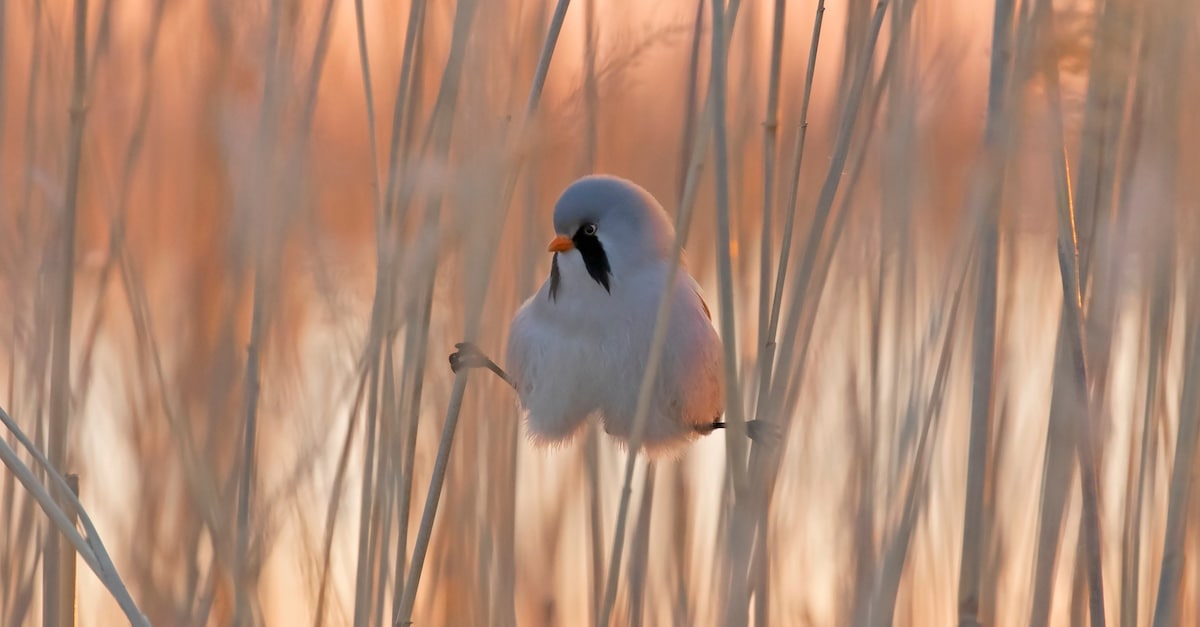 >  > 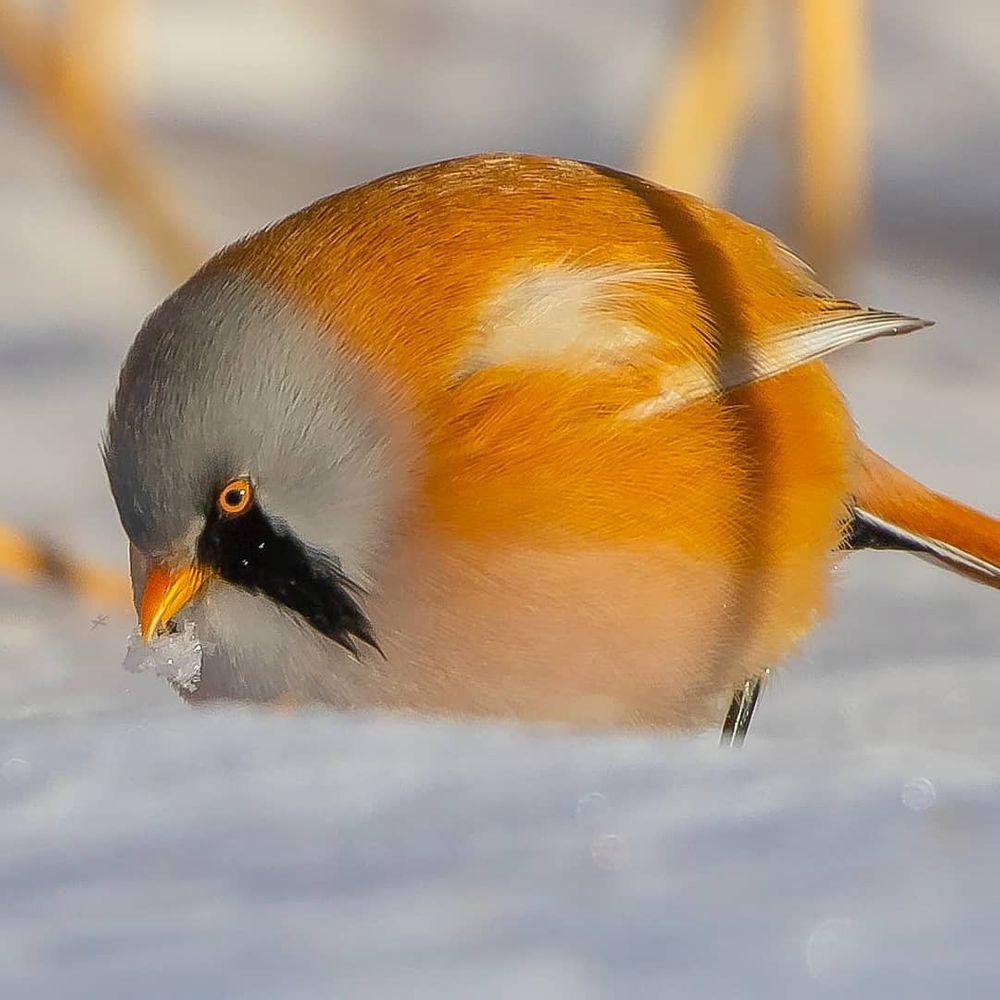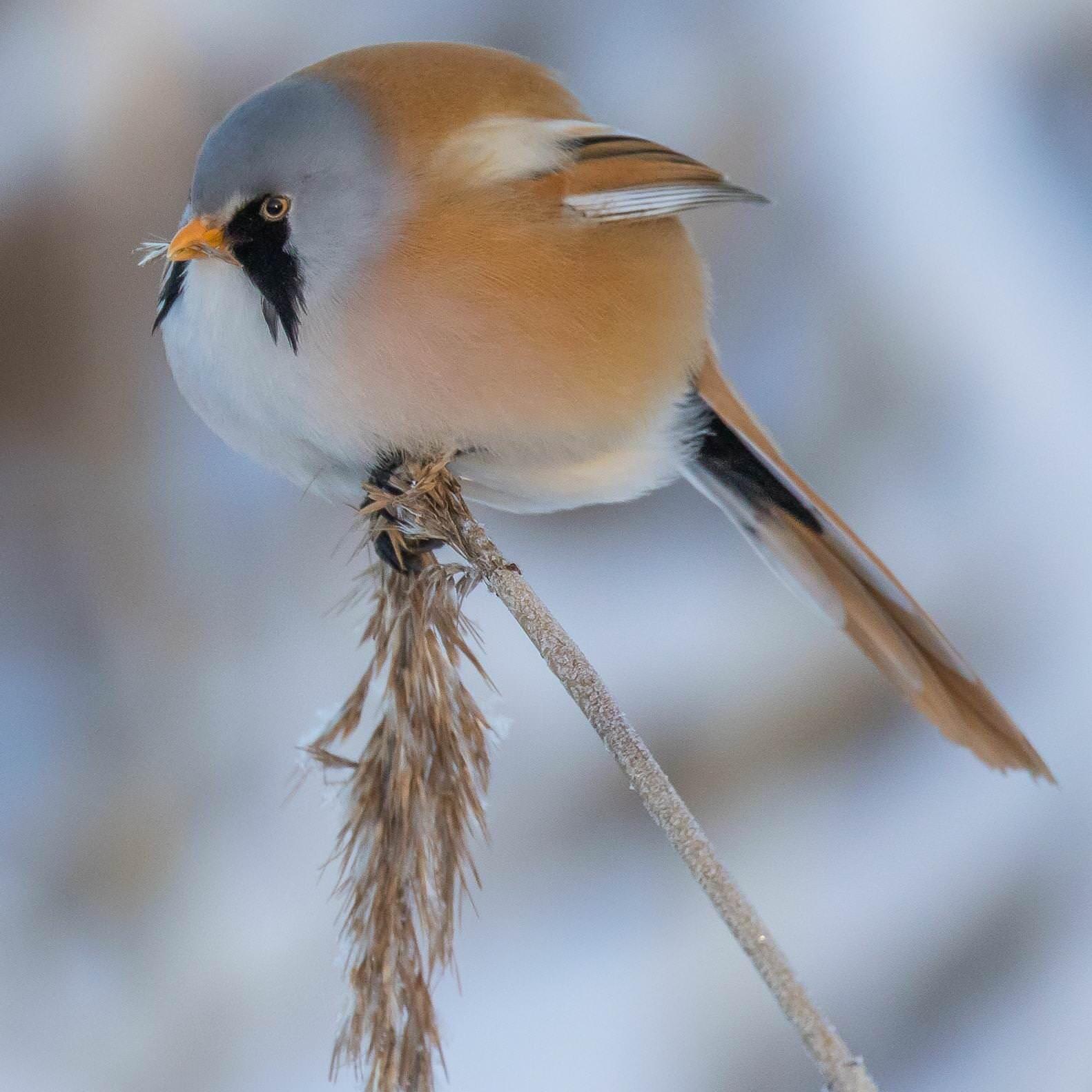
>By turning off your lights all day every day for a month, you conserved about 1 percent of the energy needed for AI to generate a picture of a duck wearing sunglasses. Isn’t he cute? Aside from the fact that he has the feet of a human man, of course.
> While biologists usually describe octopuses as solitary, the cephalopods have shown in numerous ways that they pay close attention to the creatures around them, said Alexandra Schnell, a comparative psychologist affiliated with the University of Cambridge and a peer reviewer of the new paper. These comments made me laugh. > Dr. Sampaio compared the octopus’s role in these groups to that of a chief executive, while the fish act more like a company’s research and development team. > > “You can be a leader by pushing forward and expanding boundaries and taking the group to new places,” he said. “Or you can be the leader in terms of being the decider.” The octopus lets other animals study the marketplace and then chooses the company’s direction. > > [...] > > However, Dr. Papadopoulou said, “I personally don’t like the use of the word ‘leadership’ when we talk about animals.” The word might make us imagine a boss making thoughtful decisions for everyone else, she said, but the movements of an animal group can emerge because everyone is following simple rules. > > Dr. Papadopoulou said the octopus was more like an online influencer than a corporate executive.

